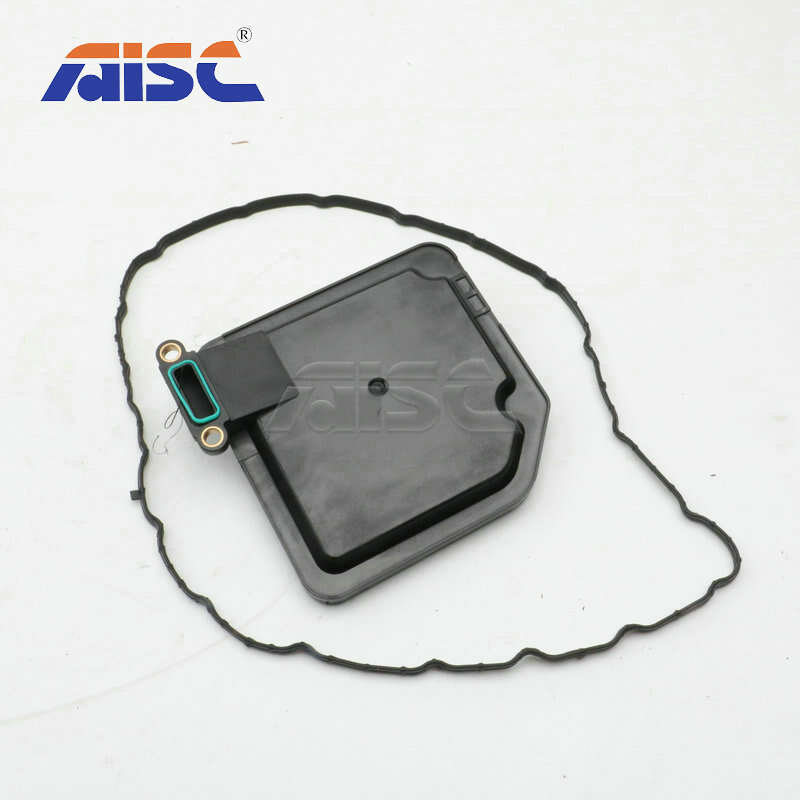Email format error
Email cannot be empty
Email already exists
6-20 characters(letters plus numbers only)
The password is inconsistent
Email format error
Email cannot be empty
Email does not exist
6-20 characters(letters plus numbers only)
The password is inconsistent

News

Toyota Rocker Cover Gasket: The Essential Guide for Toyota Owners
When it comes to maintaining the health of your Toyota engine, one often-overlooked component is the rocker cover gasket. This small yet crucial part plays an essential role in protecting your engine, preventing leaks, and maintaining optimal performance. In this comprehensive guide, we will dive into everything you need to know about the Toyota rocker cover gasket, from understanding its function to recognizing signs of wear, and how to replace it when necessary.
What is a Rocker Cover Gasket?
A rocker cover gasket (also known as a valve cover gasket) is a rubber or cork seal situated between the engine's rocker cover and the cylinder head. This gasket prevents engine oil from leaking out and contaminates from entering. It is critical for Toyota vehicles, as a faulty gasket can lead to oil leakage, decreased engine efficiency, and increased wear on other engine components.
The Importance of a Toyota Rocker Cover Gasket
A well-functioning gasket ensures your engine stays lubricated and free from dust and debris. When the gasket deteriorates, it compromises the engine’s performance. Replacing a worn gasket as soon as signs of wear appear helps avoid severe engine damage and maintains a cleaner, more efficient engine operation.
Common Signs of a Faulty Toyota Rocker Cover Gasket
Being aware of the early signs of a faulty rocker cover gasket can help prevent serious engine issues. Here are some indicators that it might be time to check your Toyota’s gasket:
- Oil Leaks Around the Engine Bay: The most common sign is visible oil leakage around the engine. This typically happens when the gasket becomes brittle.
- Burning Oil Smell: When oil leaks from the gasket and makes contact with hot engine components, it often produces a noticeable burning smell.
- Decreased Engine Performance: A loss in engine efficiency and rough idle can also result from a failing gasket, as unregulated oil can cause parts to wear faster.
- Engine Misfire: Oil can leak into the spark plug wells due to a worn gasket, causing misfires.
Causes of Toyota Rocker Cover Gasket Deterioration
Understanding what causes gasket wear can help Toyota owners extend the life of their gasket. Common causes include:
- High Engine Temperatures: Constant exposure to high temperatures can cause the gasket material to harden and crack over time.
- Exposure to Debris: Dirt, dust, and other contaminants can accelerate wear, especially if they make their way into the gasket seal.
- Age and Usage: Like any engine component, the gasket will wear down due to regular use.
How to Choose the Right Toyota Rocker Cover Gasket
Selecting a high-quality gasket ensures better durability and engine performance. Here are some tips to help you choose the right Toyota rocker cover gasket:
- Opt for OEM Parts: For the best fit and performance, look for Toyota OEM rocker cover gaskets.
- Material Consideration: Rubber gaskets are popular for their durability, while cork gaskets offer affordability. Choose based on your driving conditions and budget.
- Compatibility: Always verify the compatibility of the gasket with your Toyota model and engine specifications.
Step-by-Step Guide to Replacing a Toyota Rocker Cover Gasket
If you’re ready to replace your Toyota rocker cover gasket, follow these steps for a smooth installation:
1. Gather Necessary Tools and Materials
Before beginning the replacement, gather all tools, including a wrench, socket set, and a new gasket. Having everything ready helps streamline the replacement process.
2. Disconnect the Battery
Safety first! Disconnect the battery to avoid accidental shocks.
3. Remove the Rocker Cover Bolts
Using the appropriate socket size, carefully remove the bolts holding the rocker cover in place. Be sure to store them safely for reassembly.
4. Replace the Old Gasket with a New Toyota Rocker Cover Gasket
Carefully lift the rocker cover and remove the old gasket. Place the new gasket into position, ensuring it aligns with the cover’s edges.
5. Reassemble and Test
After securing the rocker cover and bolts, reconnect the battery and start the engine. Check for any signs of leakage and confirm that the new gasket is installed correctly.
Benefits of Regularly Checking and Replacing Your Toyota Rocker Cover Gasket
Regularly inspecting and replacing the rocker cover gasket brings several benefits:
- Enhanced Engine Performance: A fresh gasket maintains optimal oil levels, improving the engine's efficiency.
- Extended Engine Lifespan: By preventing leaks, you reduce the risk of engine overheating and excessive wear.
- Cost Savings: Early replacement of a worn gasket is less costly than fixing severe engine damage caused by prolonged oil leaks.
Frequently Asked Questions about Toyota Rocker Cover Gaskets
1. How often should I replace my Toyota rocker cover gasket?
Generally, the gasket should be checked every 50,000 to 100,000 miles, depending on your driving conditions and maintenance habits. However, always refer to your Toyota's manual for model-specific recommendations.
2. Can I drive with a leaking rocker cover gasket?
While you may be able to drive short distances, it is not advisable to ignore a leaking gasket. Doing so could lead to severe engine damage, so consider scheduling a replacement as soon as possible.
3. Is it better to use an OEM Toyota rocker cover gasket?
Yes, an OEM gasket typically offers a perfect fit and compatibility with Toyota engines, ensuring durability and reliable performance.
Maintaining Your Toyota Rocker Cover Gasket for Optimal Performance
To extend the life of your gasket, consider the following maintenance tips:
- Regular Inspections: Routinely check for any visible signs of oil leakage or gasket wear.
- Use Quality Engine Oil: Quality oil reduces sludge buildup, extending the life of the gasket.
- Avoid Overheating: Keep an eye on your engine's temperature, as overheating accelerates gasket deterioration.
Conclusion: Prioritize Your Toyota Rocker Cover Gasket for a Healthier Engine
A small yet vital component, the Toyota rocker cover gasket plays a critical role in engine performance. By maintaining a close eye on this gasket, recognizing early signs of wear, and replacing it when necessary, Toyota owners can avoid costly repairs and enjoy a smoother, more reliable driving experience. Whether you’re handling the replacement yourself or relying on a professional, paying attention to this essential component is one of the best ways to protect your investment.


